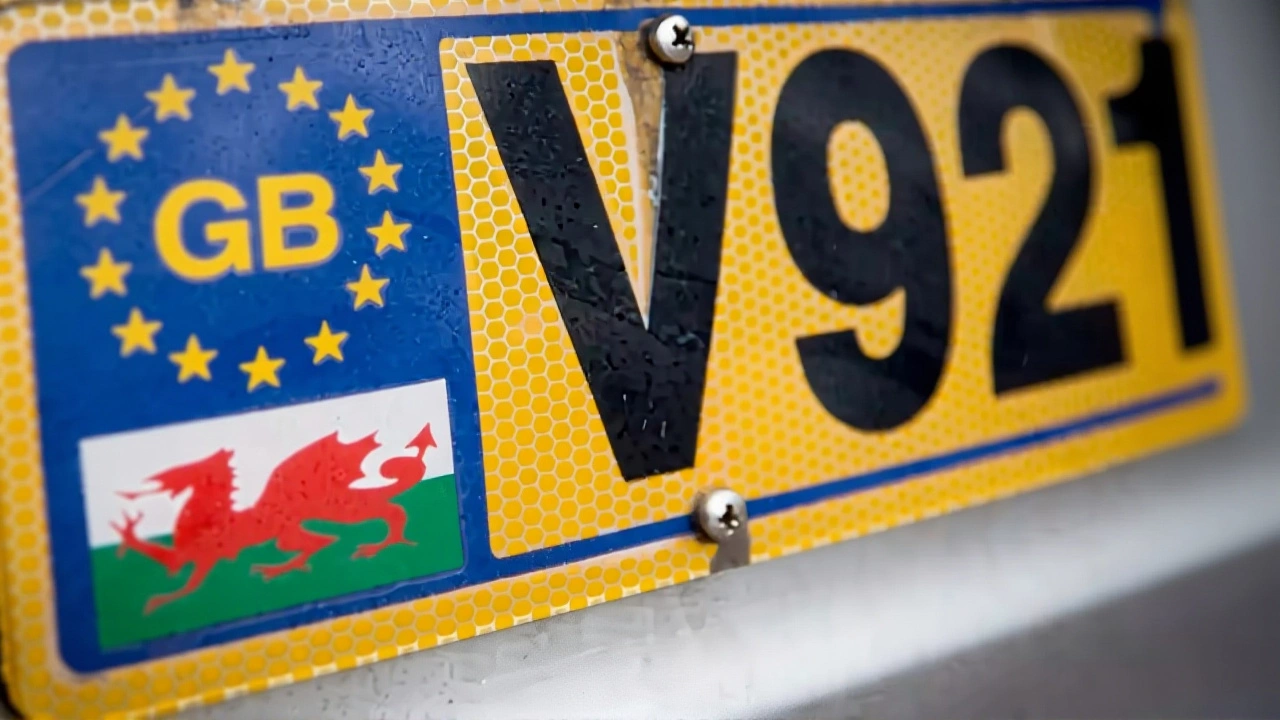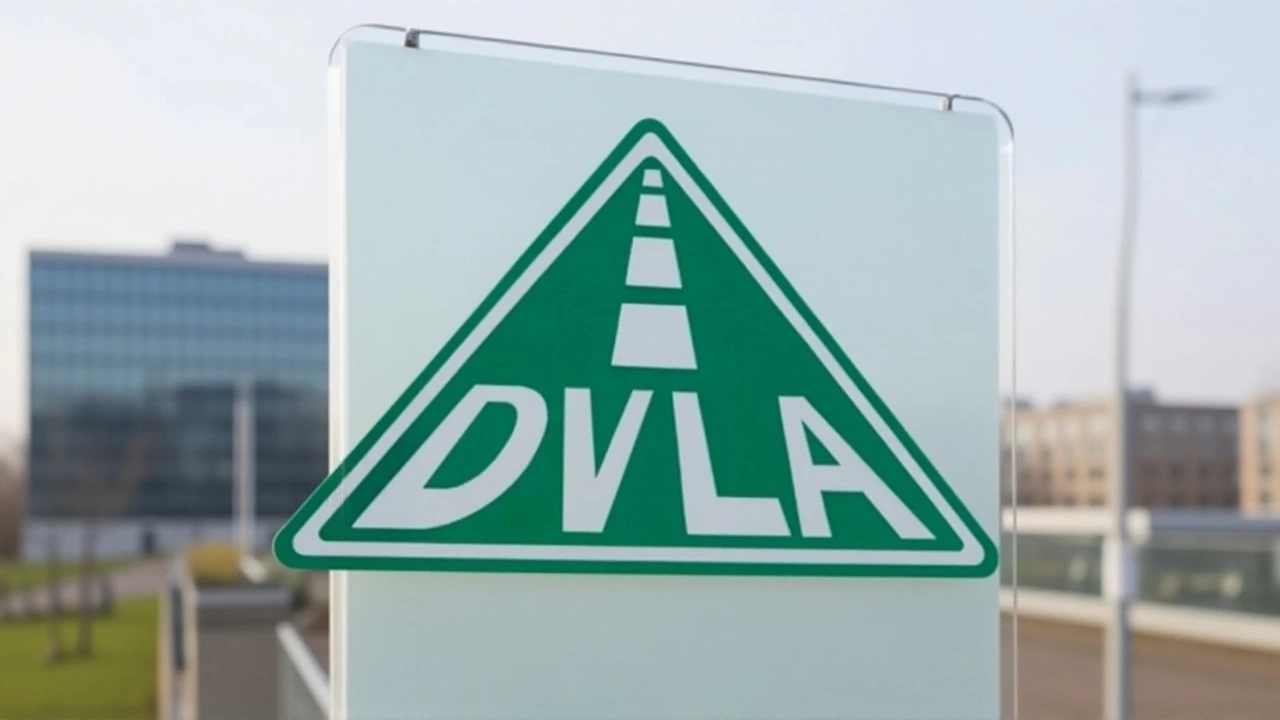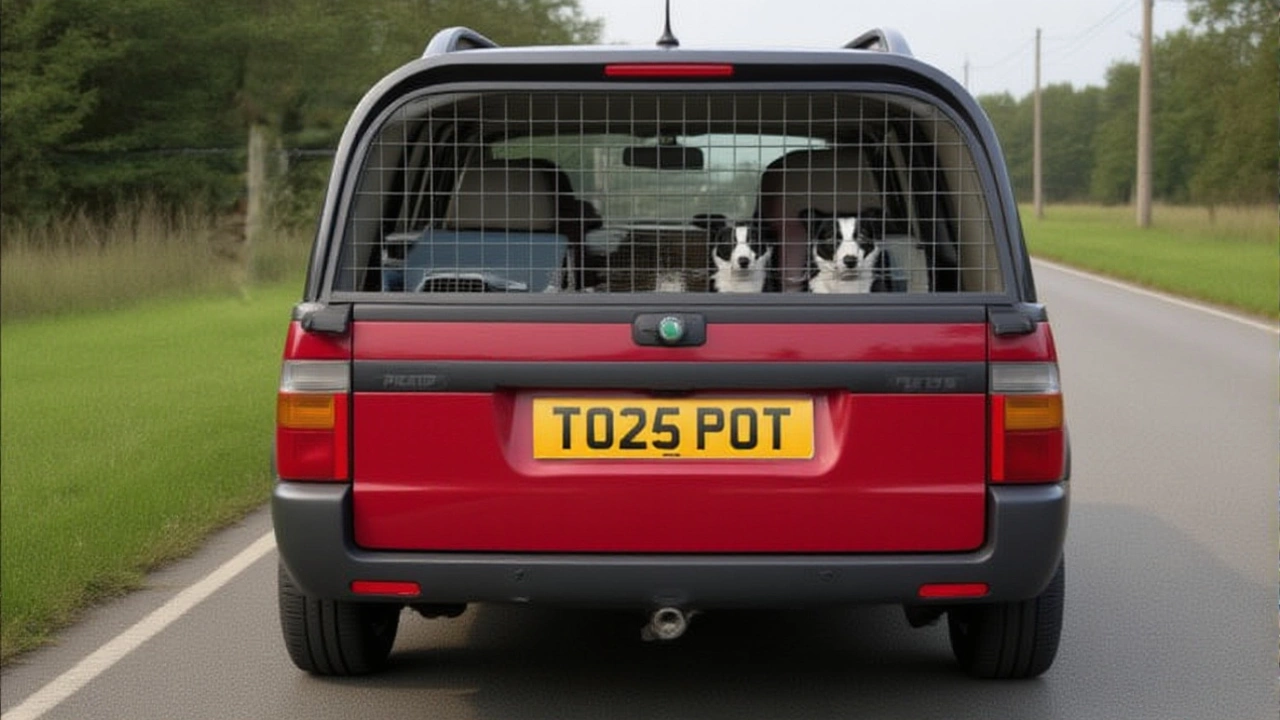When DVLA released its 2025 banned list on 2025 DVLA Number Plate Ban AnnouncementLondon, the reaction was a mix of amusement and relief across the motor‑vehicle community. The list, which blocks hundreds of combinations featuring the digits ‘25’, targets anything from crude wordplay to overtly political slogans. The ban applies nationwide in the United Kingdom, meaning any prospective buyer will see the same restrictions, whether they’re in Manchester or Maidstone.
Why the ‘25’ Format Raises a Red Flag
The ‘25’ suffix is popular because, when read phonetically, the numbers can stand in for letters – think “2” as “Z” or “5” as “S”. That opens a whole new world of cheeky, and sometimes offensive, plate ideas. Mark Trimbee, CEO of Regtransfers, explained, “The ‘25’ series is a playground for creators, but it also gives bad actors an easy route to embed nasty messages.” He added that the ban isn’t about stifling self‑expression; it’s about keeping the roads free of overtly harmful content.
What’s Actually Banned?
The DVLA’s list is exhaustive. Some of the more eye‑catching examples include:
- AS25 HOL – reads like “as hell”.
- PU25 SYY – a crude nod to profanity.
- TO25 ERR – could be taken as “to error”.
- GB25 BAD, GB25 BOM, GB25 SHT – perceived as negative commentary about Great Britain.
- WA25 WAR, EU25 WAR, MA25 WAR – directly referencing conflict.
- WA25 TED, TE25 ROR – subtle war‑related wordplay.
Notice the pattern: the DVLA isn’t just banning obvious swearing; it’s also blocking phrases that could be interpreted as political dissent, anti‑British sentiment, or even subtle encouragement of violence.
How the DVLA Decides What to Block
The agency employs a wildcard system using the asterisk (*) to represent any character that might occupy a position in a registration. For instance, a rule like “*25*” with a prohibited suffix bans an entire family of plates that share the offensive segment. This approach lets the DVLA cast a wider net without having to list every single permutation.
Behind the scenes, a panel of linguists, legal advisors, and traffic safety officers reviews submissions from the public and from industry bodies such as the Regtransfers community. They assess each candidate on three criteria: offensiveness, potential for public disturbance, and whether the plate could be misread in a rear‑view mirror or from different angles.

Industry Reaction: Balancing Freedom and Decency
Mark Trimbee summed up the industry’s stance: “To ban or not to ban is obviously a bit of a balancing act.” Dealers report that the ‘25’ segment accounts for roughly 12 % of all personalised requests, so the ban touches a sizable slice of the market. Some buyers are disappointed; a handful of enthusiasts argued that the restrictions feel paternalistic.
Conversely, road‑safety NGOs welcomed the move, pointing out that plates like “WA25 WAR” could be misinterpreted in tense geopolitical climates, especially given recent conflicts in Eastern Europe. A spokesperson for the British Roads Safety Council (BRSC) noted, “A plate that constantly repeats the word ‘war’ can be unsettling for drivers, especially in areas with high military presence.
Impact on the Personalisation Market
Sales data from the first quarter of 2025 show a modest dip—about 3 %—in the volume of ‘25’ plates sold compared with 2024. However, the overall personalised‑plate market remains robust, with many buyers pivoting to other popular suffixes like ‘99’ or ‘88’ that don’t pose the same linguistic challenges.
Experts predict that the DVLA’s heightened scrutiny will push manufacturers toward more creative, less controversial formats. “We might see a surge in colour‑coded plates or hybrid alphanumeric combos that avoid the phonetic pitfalls,” says Dr. Eleanor Hughes, a transport‑policy researcher at University of Leeds.

What Comes Next?
Looking ahead, the DVLA says the 2025 list is just a snapshot. The agency will continue to monitor emerging trends, especially as AI‑generated plate suggestions become more sophisticated. A public consultation slated for early 2026 will invite motorists to propose new criteria, aiming for a transparent, community‑driven approach.
In the meantime, drivers eager for a personalised touch are encouraged to use the official DVLA online checker to test potential registrations before committing.
Frequently Asked Questions
Why does the DVLA target the ‘25’ number‑plate format specifically?
The ‘25’ suffix can be read as letters (2 → Z, 5 → S), allowing people to craft words that would otherwise be impossible on a plate. This flexibility creates more opportunities for offensive or politically charged combinations, prompting the DVLA to apply stricter scrutiny.
How does the wildcard system work in practice?
The DVLA uses an asterisk (*) as a placeholder for any character. For example, a rule like “*25WAR” blocks every plate that ends with ‘25WAR’, regardless of the preceding letters, effectively banning an entire family of potentially problematic plates.
What impact will the ban have on car owners who already hold a prohibited plate?
Existing owners can keep their plates, but they cannot transfer or sell them to others. The DVLA may request a voluntary surrender if the plate is deemed especially offensive.
Are there any appeals processes for rejected plate applications?
Yes. Applicants can submit a formal appeal within 14 days of the decision, providing evidence that the plate does not breach the DVLA’s guidelines. The appeal is reviewed by an independent panel.
What other number‑plate formats are likely to face similar scrutiny in the future?
Formats that combine numbers and letters in ways that mimic common words—such as ‘13’, ‘69’, or ‘42’—are on the DVLA’s radar. As AI tools make it easier to generate clever combos, regulators expect to tighten standards across several popular suffixes.
